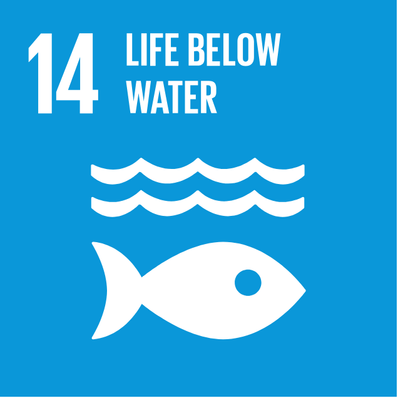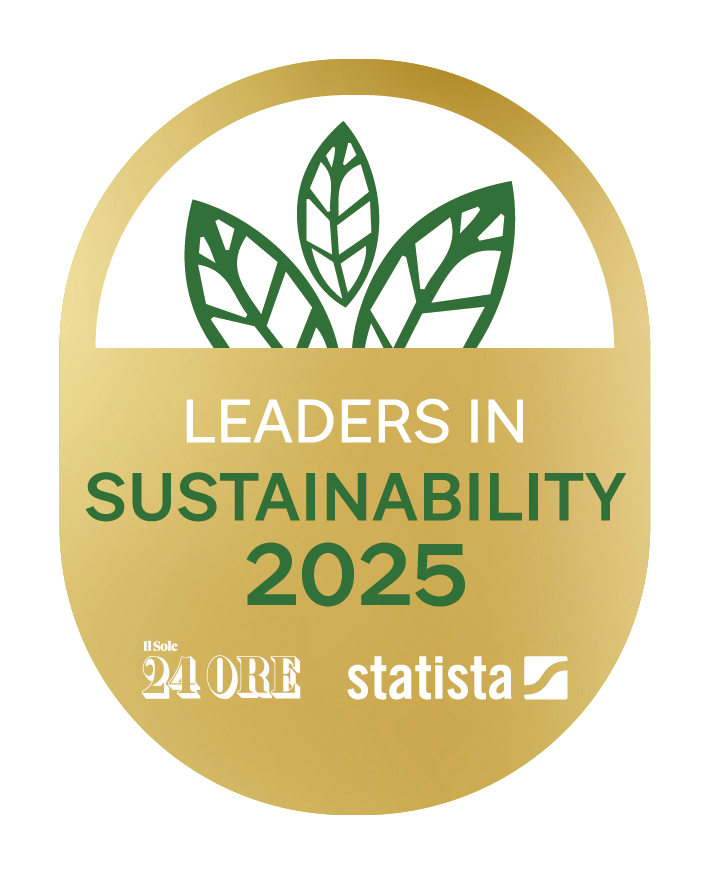Welcome to our page dedicated to the importance of integrating nature and biodiversity into business strategy. In a world increasingly aware of the urgency of protecting the environment, it is essential that companies take an active role in safeguarding nature and promoting biodiversity.
Why?
Integrating nature and biodiversity into business strategy is not only an ethical choice but also a key factor for the long-term success of businesses. The United Nations 2030 Agenda and related Sustainable Development Goals (SDGs) provide a global framework for addressing environmental and social challenges, including biodiversity conservation.
A company should integrate a Nature Map into its strategy because it helps to better understand how nature affects its activities and vice versa. This helps predict and better manage environmental risks, such as climate change or loss of biodiversity. Furthermore, a Nature Map can identify opportunities to improve sustainability and create value for the company, such as reducing energy costs or developing new eco-friendly products. Integrating nature into business strategy not only contributes to the achievement of the SDGs but can also lead to tangible benefits for businesses, such as greater resilience to environmental impacts, an enhanced corporate reputation, and new market opportunities linked to sustainability.
Practical Tools for Integrating Nature into Business Strategy
To help companies in the process of integrating nature and biodiversity into their strategy, we present some practical tools:
1
GRI Biodiversity
The Global Reporting Initiative (GRI) recently published a focus on biodiversity, providing guidelines for reporting on biodiversity. These guidelines enable companies to measure, monitor, and communicate their biodiversity impacts and actions.
2
Task Force on Nature-related Financial Disclosures (TNFD)
The TNFD provides a framework for assessing and communicating financial risks and opportunities related to biodiversity and nature.
Science Based Targets for Nature (SBTn)
The SBTn initiative provides guidelines for companies to set evidence-based targets for biodiversity. Its objective is to help companies reduce negative impacts on nature and contribute positively to biodiversity conservation, promoting environmental sustainability and respect for natural ecosystems.
4
European Business & Nature Summit 2023 (EBNS)
The European Business & Nature Summit is an annual event that brings together business leaders, government representatives, sustainability experts, and non-governmental organizations to discuss innovative strategies and practices for protecting biodiversity. The 2023 summit highlighted the importance of collaboration between different sectors to promote effective environmental policies, share best practices, and advance towards a more sustainable and nature-friendly economy. The summit also proposes membership through a signed commitment to better understand and manage environmental impacts, including implementing SMART objectives.
By using practical tools such as those listed above and through the definition of a Nature Roadmap, companies can take a leadership role in promoting sustainability and achieving the SDGs of Agenda 2030.
What do we do?
We started sustainability reporting activities in 2019, using the GRI standards. We are currently studying the new GRI 101: Biodiversity 2024 to apply it to our 2024 report. Since 2023, we have been members of the TNFD Forum to contribute to the development of the standard. Consequently, we began an internal analysis process following the LEAP approach in a progressive manner. This methodology allows us to evaluate and address the risks and opportunities related to nature through four steps: Locate, Evaluate, Assess, and Prepare.

Focus life on land SDG15
Sustainable Development Goal (SDG) number 15, “Life on Land,” focuses on protecting, restoring, and promoting the sustainable use of Earth’s ecosystems, including those affected by metal mining and processing precious metals. This objective aims to ensure that operations in the precious metals sector are managed responsibly to reduce environmental impact and promote the conservation of biodiversity.
Integrating SDG 15 into your business strategy in the precious metals sector means adopting practices and policies that promote the sustainable management of natural resources, reduction of pollution, and conservation of natural habitats. This can include:
- Adoption of Technologies and Processes: Utilize extraction and processing techniques that reduce environmental impact, such as low-impact extraction methods or advanced recycling methods.
- Implementation of Waste Management Policies: Promote the recycling and responsible treatment of materials used in mining and processing activities.
- Protection of Sensitive Ecosystems: Create protected areas or collaborate with local communities for biodiversity conservation.
- Regular Monitoring and Assessment: Continuously evaluate the environmental impact of precious metals industry activities and take corrective measures to mitigate any adverse effects.
- Collaboration with Stakeholders: Work with governments, NGOs, and local communities to ensure an integrated approach to sustainable resource management and biodiversity conservation.
The Global Compact has also identified internal and external initiatives that can be undertaken to contribute to SDG 15, which can be viewed in this in-depth sheet.
Integrating SDG 15 into your business strategy in the precious metals sector not only contributes to the achievement of the SDGs globally but also leads to benefits for the company, such as greater operational efficiency, improved corporate reputation, and increased confidence from investors and consumers. Furthermore, it demonstrates a concrete commitment to environmental and social sustainability, thus helping to build a more responsible and resilient precious metals sector in the long term.

Focus life below water SDG14
Sustainable Development Goal (SDG) number 14, “Life Below Water”, focuses on the conservation and sustainable use of oceans, seas and marine resources. This objective aims to protect marine ecosystems, counteract the degradation of ocean habitats and promote the sustainable management of marine resources to ensure a healthy and resilient marine environment for present and future generations, including those affected by the activities of the precious metals sector.
Integrating SDG 14 into your business strategy in the precious metals sector means adopting practices and policies that promote the sustainable management of marine resources, the reduction of marine pollution and the conservation of aquatic ecosystems. This can include:
- Adoption of waste management practices that reduce marine pollution caused by plastic, chemical and industrial waste produced by precious metals sector activities.
- Implement policies to protect sensitive marine habitats, such as coral reefs and seaweed beds, which could be affected by precious metals mining and processing activities.
- Using technologies and production methods that reduce the impact on the marine environment, for example through the use of closed-loop cooling systems to reduce the release of wastewater into marine waters.
- Regular monitoring and assessment of the environmental impact of precious metals sector activities on marine ecosystems and taking corrective measures to mitigate any adverse effects.
- Collaboration with organizations and institutions concerned with the conservation of oceans and marine resources to develop and implement strategies and programs for the conservation and restoration of marine habitats.
In addition to these, the Global Compact has identified internal and external initiatives that can be undertaken to contribute to SDG14, which can be viewed in this In-depth sheet.
Integrating SDG 14 into your business strategy in the precious metals sector contributes to achieving the SDGs globally and promotes a more responsible and sustainable approach towards the use of marine resources. Furthermore, it demonstrates a concrete commitment to the conservation of the oceans and the promotion of environmental sustainability, thus contributing to preserving life under water and ensuring a better future for the planet and future generations.
Within the framework of SDG 14 and marine resources, the protection of the oceans is particularly significant, as they cover over 70% of the Earth’s surface.
For more information on the importance of these ecosystems, you can visit the following UNESCO site: https://oceanliteracy.unesco.org/training/
This portal offers educational resources and training programs aimed at enhancing global understanding of the importance of the oceans. Through a series of courses and educational materials, the site aims to raise awareness and promote sustainable behaviors that protect and value marine ecosystems.
